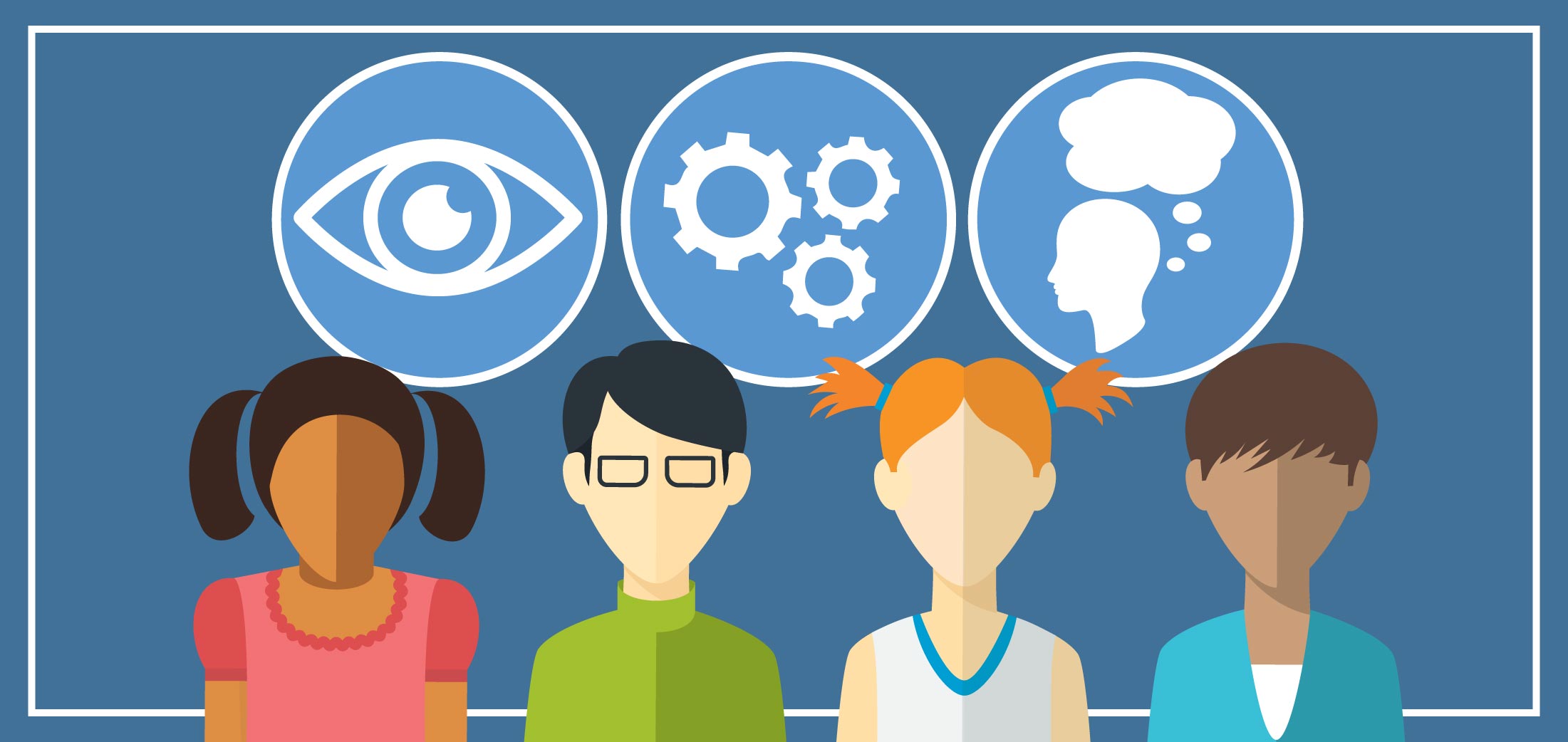

By Mara Krechevsky
There are many ways teachers can add an individual assessment component to a group project, including self-assessments, peer-assessments, and exit tickets (e.g., students jot down one key idea gained from the experience or one unanswered question). I also think it’s helpful to ask students for their ideas on how they can demonstrate learning when working in groups. Kids will often come up with ideas that adults overlook!
Remember, too that assessments should be based on a number of indicators. Everything that the teacher is doing to support learning in groups — interacting with students, giving feedback to students, asking for peer-feedback — is data that can be used to inform the assessment of how and what students are learning.
Drawing on Making Learning Visible, a project that grew out of a collaboration with educators in preschools in Reggio Emilia, Italy, I believe that you can make learning visible throughout the learning process. These preschool educators have pointed out that in order to note that learning has taken place, you don’t need to wait until there’s a test or a final product. You can provide evidence that learning is happening during the process itself. It’s not just the product that reveals learning, it’s also the process.
One tool that helps make individual and group learning visible, and also shapes future learning, is “documentation.” At Project Zero, we define documentation as “the practice of observing, recording, interpreting, and sharing, through different media, the processes and products of learning in order to deepen learning.” Documentation can provide evidence of learning that’s not captured by most standardized tests, such as students listening to and learning from each other, thinking critically and creatively, developing a sense of esthetics or emotional understanding, and understanding what it means to be members of a democratic society.
A related Project Zero initiative, Visible Thinking, has developed thinking routines, which are easy-to-apply strategies that surface students’ thinking. For example, one simple routine called “See / Think / Wonder” can be a handy way to get student thinking out on the table. If you’re introducing students to something new, or you want to encourage thoughtful interpretation, you can ask, “What do you see? What does that make you think? What does it make you wonder?” Another routine called “I Used to Think…, But Now I Think,” can be an efficient way to get students to consolidate new understandings, and reflect on how and why their thinking has changed.
You also asked, “How can educators link collaborative, project-based learning to standards?” I think it’s important to distinguish standards from standardization or standardized tests. Standards are the key capabilities, dispositions, or skills we want students to learn. Teachers always have standards in mind when they’re engaging students in learning. A helpful practice is to make these standards visible. Why does this learning matter? Why should it matter to the students? Why should it matter to the community? Identifying overarching understanding goals or essential questions and putting them up on a wall can lend focus to project-based learning, and serve as a helpful visible touchstone for teachers and students.
Additionally, many skills and dispositions described in standards develop over time, not just in one moment or particular project. The key for many types of learning is: Can students use what they learned in one context in another situation? Learning is not something you have, but something you perform or do. To quote my colleague David Perkins, it’s how you think with what you know.

There are many ways teachers can add an individual assessment component to a group project, including self-assessments, peer-assessments, and exit tickets (e.g., students jot down one key idea gained from the experience or one unanswered question). I also think it’s helpful to ask students for their ideas on how they can demonstrate learning when working in groups. Kids will often come up with ideas that adults overlook!
Remember, too that assessments should be based on a number of indicators. Everything that the teacher is doing to support learning in groups — interacting with students, giving feedback to students, asking for peer-feedback — is data that can be used to inform the assessment of how and what students are learning.
Drawing on Making Learning Visible, a project that grew out of a collaboration with educators in preschools in Reggio Emilia, Italy, I believe that you can make learning visible throughout the learning process. These preschool educators have pointed out that in order to note that learning has taken place, you don’t need to wait until there’s a test or a final product. You can provide evidence that learning is happening during the process itself. It’s not just the product that reveals learning, it’s also the process.
One tool that helps make individual and group learning visible, and also shapes future learning, is “documentation.” At Project Zero, we define documentation as “the practice of observing, recording, interpreting, and sharing, through different media, the processes and products of learning in order to deepen learning.” Documentation can provide evidence of learning that’s not captured by most standardized tests, such as students listening to and learning from each other, thinking critically and creatively, developing a sense of esthetics or emotional understanding, and understanding what it means to be members of a democratic society.
A related Project Zero initiative, Visible Thinking, has developed thinking routines, which are easy-to-apply strategies that surface students’ thinking. For example, one simple routine called “See / Think / Wonder” can be a handy way to get student thinking out on the table. If you’re introducing students to something new, or you want to encourage thoughtful interpretation, you can ask, “What do you see? What does that make you think? What does it make you wonder?” Another routine called “I Used to Think…, But Now I Think,” can be an efficient way to get students to consolidate new understandings, and reflect on how and why their thinking has changed.
You also asked, “How can educators link collaborative, project-based learning to standards?” I think it’s important to distinguish standards from standardization or standardized tests. Standards are the key capabilities, dispositions, or skills we want students to learn. Teachers always have standards in mind when they’re engaging students in learning. A helpful practice is to make these standards visible. Why does this learning matter? Why should it matter to the students? Why should it matter to the community? Identifying overarching understanding goals or essential questions and putting them up on a wall can lend focus to project-based learning, and serve as a helpful visible touchstone for teachers and students.
Additionally, many skills and dispositions described in standards develop over time, not just in one moment or particular project. The key for many types of learning is: Can students use what they learned in one context in another situation? Learning is not something you have, but something you perform or do. To quote my colleague David Perkins, it’s how you think with what you know.